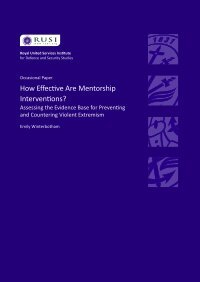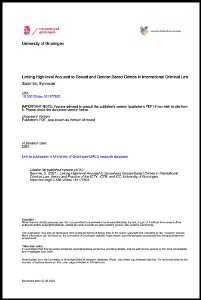By Graeme Newman.
This book represents the first systematic attempt to survey public perceptions of deviant behavior cross-culturally: in India. Indonesia. Iran Italy. Yugoslavia and the United States. While it was discovered that there was extensive diversity} in both law and perception concerning such deviances of taking drugs, homosexuality and abortion. yet evidence was found for a basically invariant structure in perception of deviance across all cultures. Within the countries that were studied, it was the strength of religious belief and urban rural background that accounted for major differences in the perception of deviance— when differences were identified. These findings challenge many of the assumptions of conflict theory in sociology, of cultural relativism in anthropology and of ethical relativism in moral philosophy. These, and other issues that are discussed will interest social scientists in many fields, especially anthropologists, sociologists of law, conflict theorists, criminologists, attitude theorists, moral philosophers, opinion pollsters, and labelling theorists.
NY. Elsevier. 1976. 320p.





















